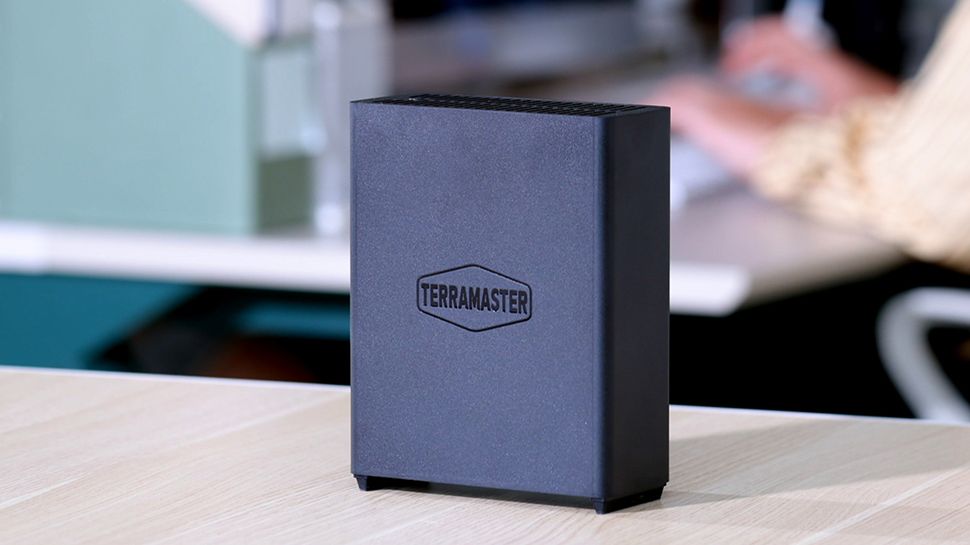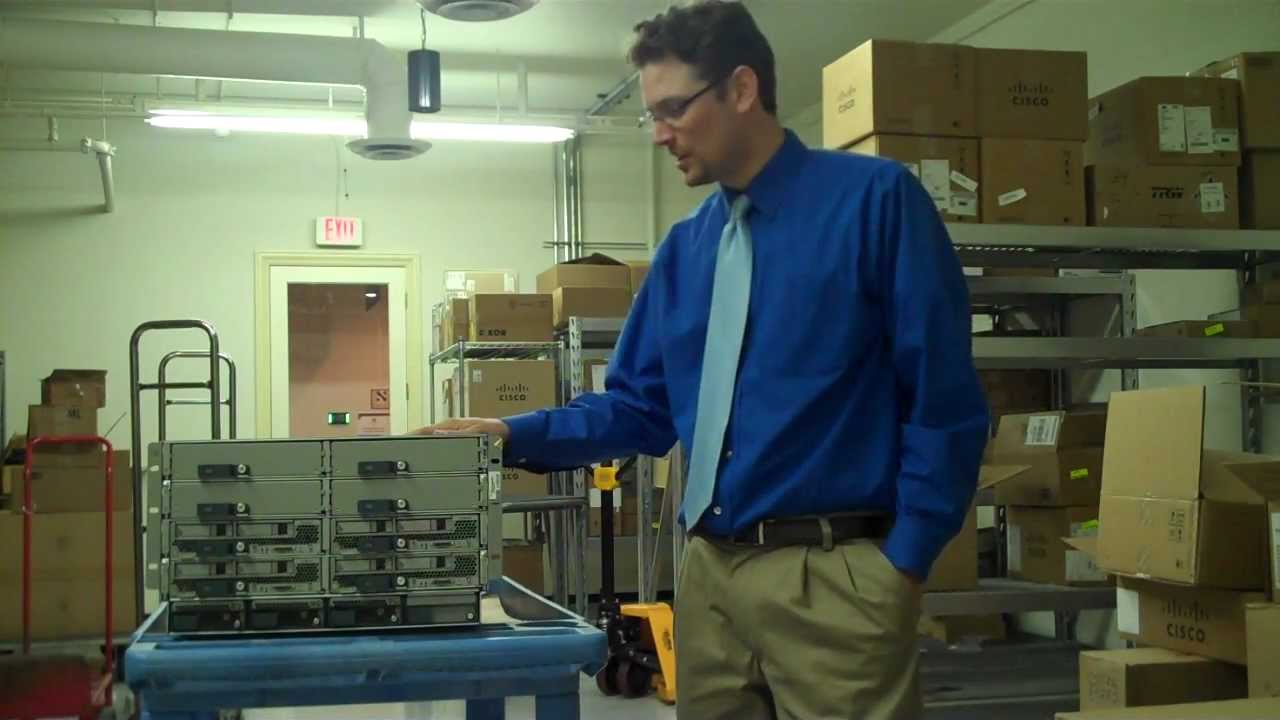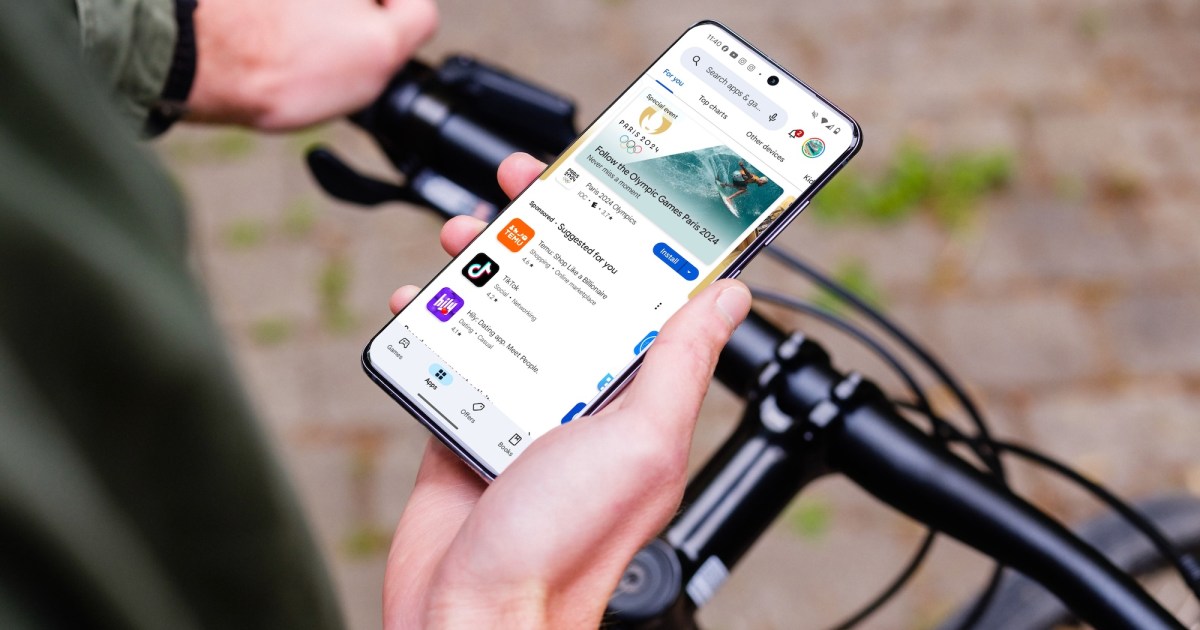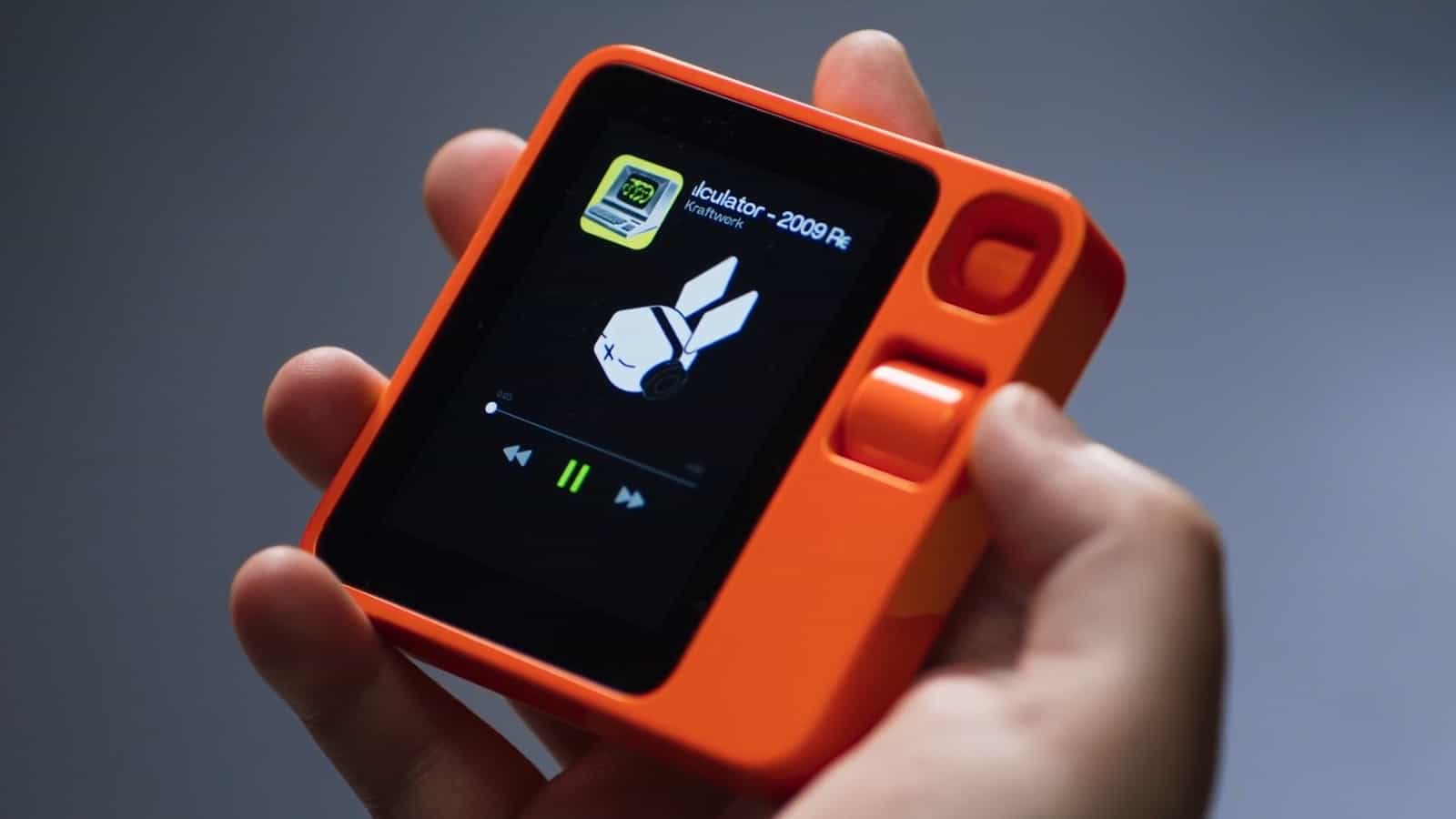TerraMaster has launched its latest storage solution, the F8 SSD NAS, as part of its 2024 fall product lineup. This NAS device provides up to 64TB of storage across 8 NVMe M.2 SSD bays, making it ideal for data-intensive tasks such as 4K video editing, large-scale backups, and business operations requiring fast access to large datasets.
There are two versions available: the F8 SSD, with a regular price of $599.99, and the F8 SSD Plus, priced at $799.99. However, as part of a limited-time promotion, they are currently being offered at discounted prices of $499.99 and $699.99, respectively. Both models run on TOS 6, TerraMaster’s operating system, designed to optimize performance and offer efficient data management.
The F8 SSD is powered by an Intel N95 processor with 4 cores, while the F8 SSD Plus is equipped with an Intel Core i3-N305 processor with 8 cores, providing enhanced performance for more demanding workloads. Both models include 8GB of DDR5 memory, which can be expanded up to 32GB.
10GbE LAN port
With eight drive slots for 2280 NVMe M.2 SSDs, the F8 SSD and F8 SSD Plus both support up to 64TB (8x8TB) of raw storage capacity. Internal drives use file systems like EXT4 and BTRFS, while external systems can utilize EXT3, NTFS, and others.
A key feature of the F8 SSD series is the 10GbE LAN port, allowing for fast data transfers, which is essential for applications requiring quick access to large files. Both models offer three USB ports and at just 177x60x140 mm they are well-suited for environments where space is limited.
The TerraMaster F8 SSD NAS is designed for users who require a compact, high-performance storage solution, making it an ideal choice for home offices, small businesses, and content creators.
Both F8 SSD models are now available for purchase globally, through the TerraMaster site and Amazon, and we’ll have a comprehensive review of the F8 SSD Plus soon.













































































































































You must be logged in to post a comment Login